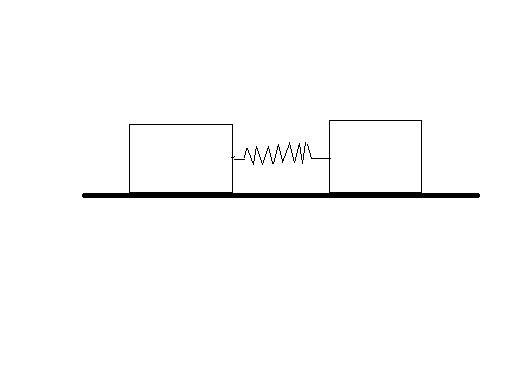ke of the system is NOT the ke of com ..
rather ...it is the sum of ke of all individual particles.
an objective approach :
consider a system : 2 particles each of mass m, one at rest and other with vel v.( same dxn)
ke of the system = 1/2 mv^2
ke of com = 1/2(2m) (v/2)^2 = 1/4 mv^2
this implies ---> ke of system is greater than ke of com ..
consider the same system : but now they both move with vel v ( same dxn)
this time ..u will find that ke of com = ke of system.
hence : ke of system is greater than or equal to ke of com (learn it)
option (c)
